Ikelite 6860.03 User manual
Other Ikelite Camera Accessories manuals

Ikelite
Ikelite SLR-DC Housing User manual
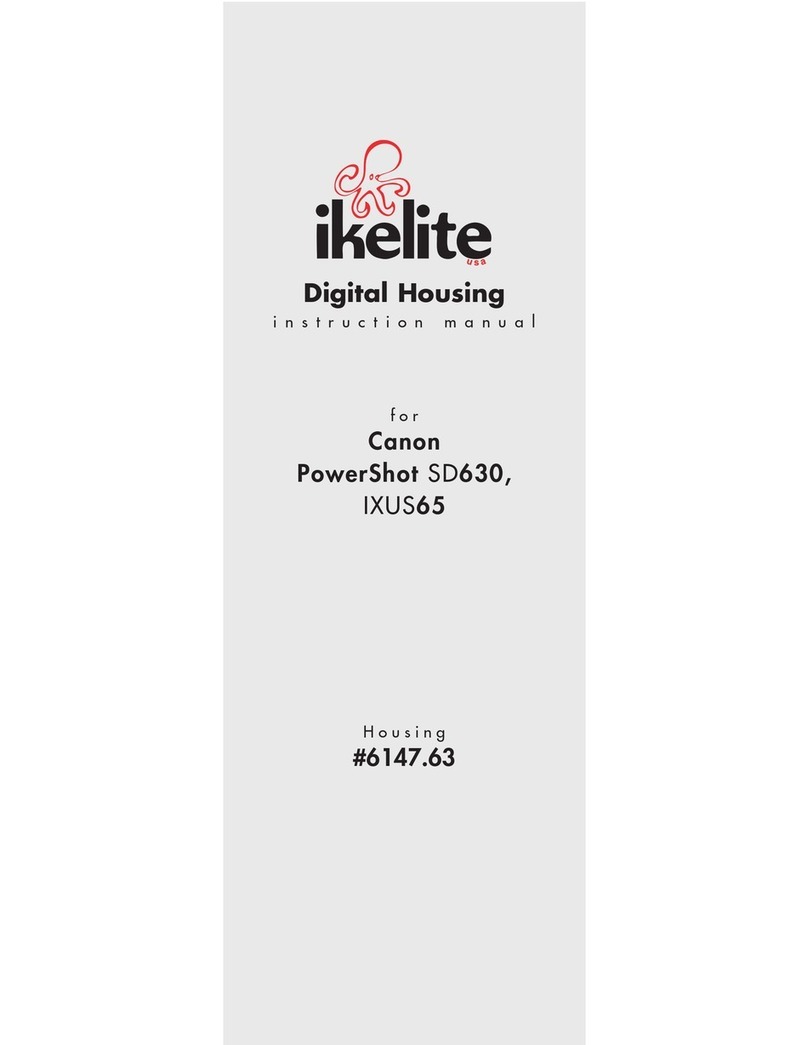
Ikelite
Ikelite IXUS65 User manual
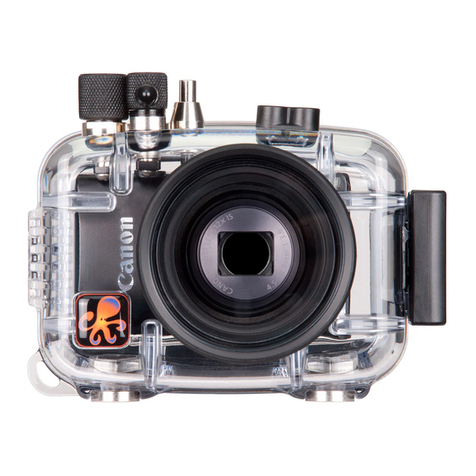
Ikelite
Ikelite Canon Elph 340 HS Owner's manual
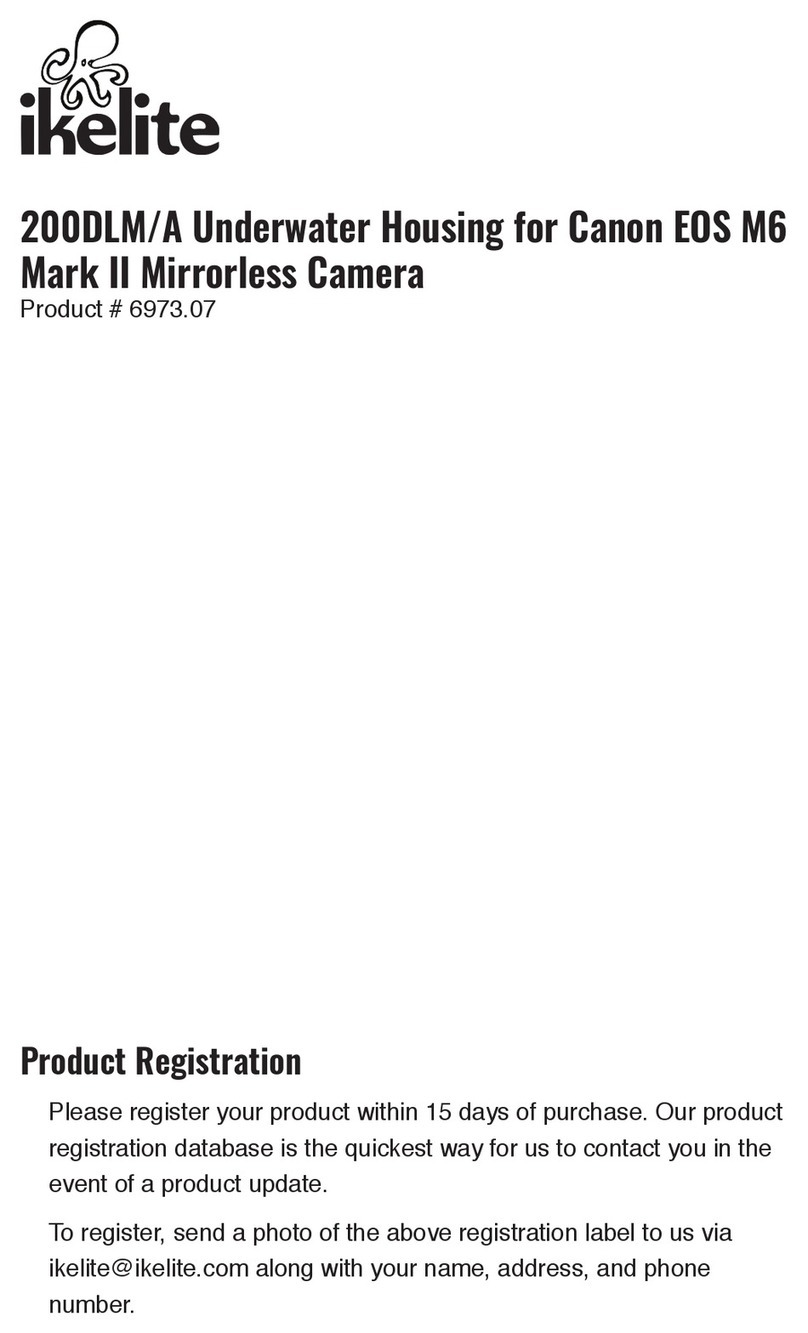
Ikelite
Ikelite 6973.07 User manual
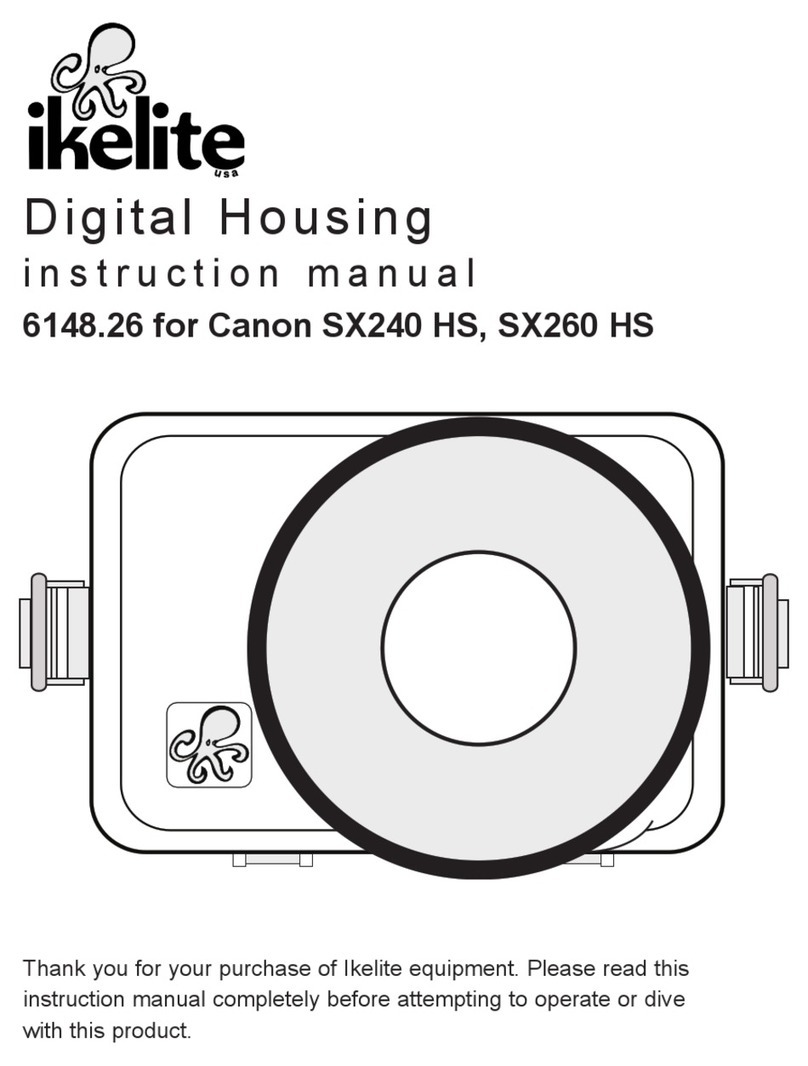
Ikelite
Ikelite 6148.26 User manual
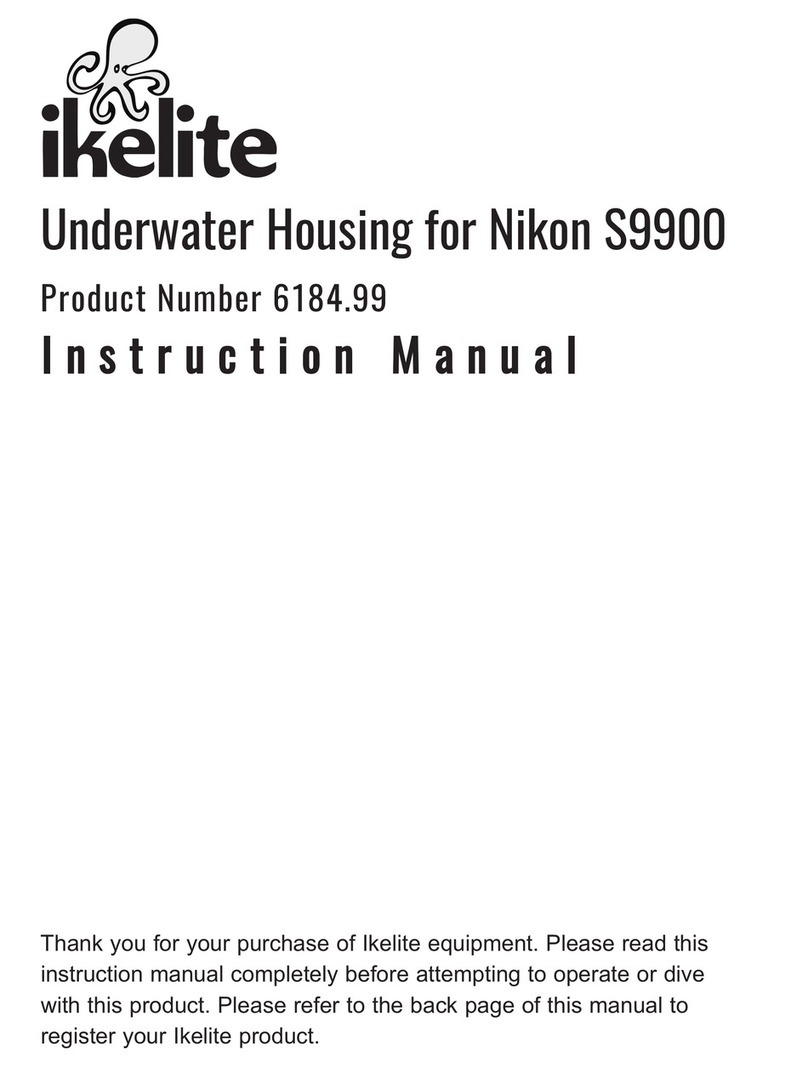
Ikelite
Ikelite 6184.99 User manual
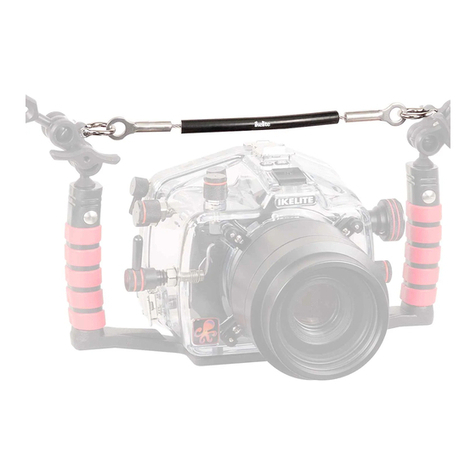
Ikelite
Ikelite 4080.07 User manual

Ikelite
Ikelite 75344 User manual
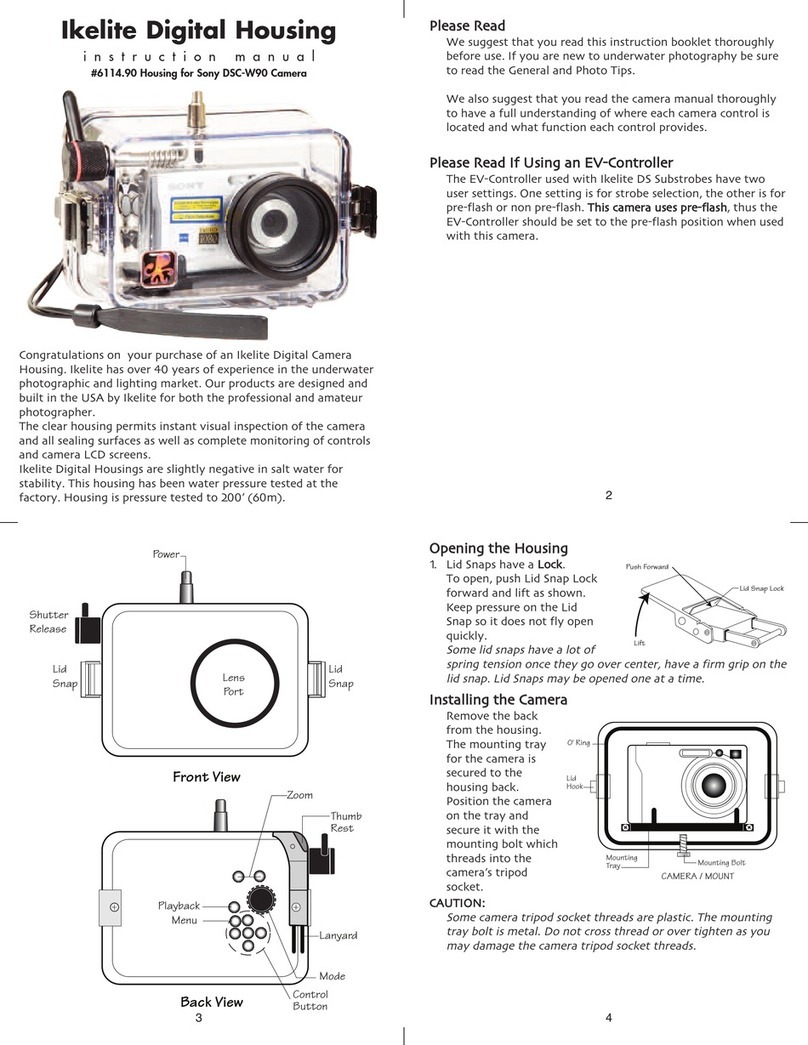
Ikelite
Ikelite DSC-W90 User manual
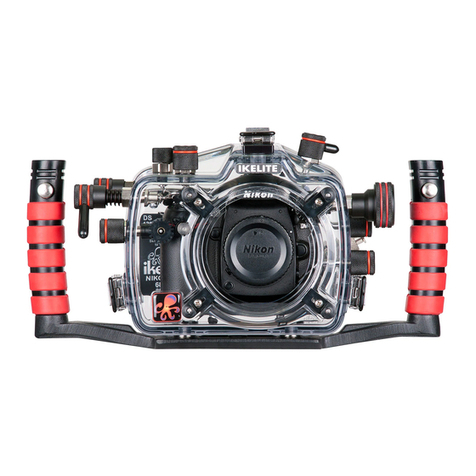
Ikelite
Ikelite D90 User manual

Ikelite
Ikelite 9306.35 User manual

Ikelite
Ikelite Canon 300D User manual
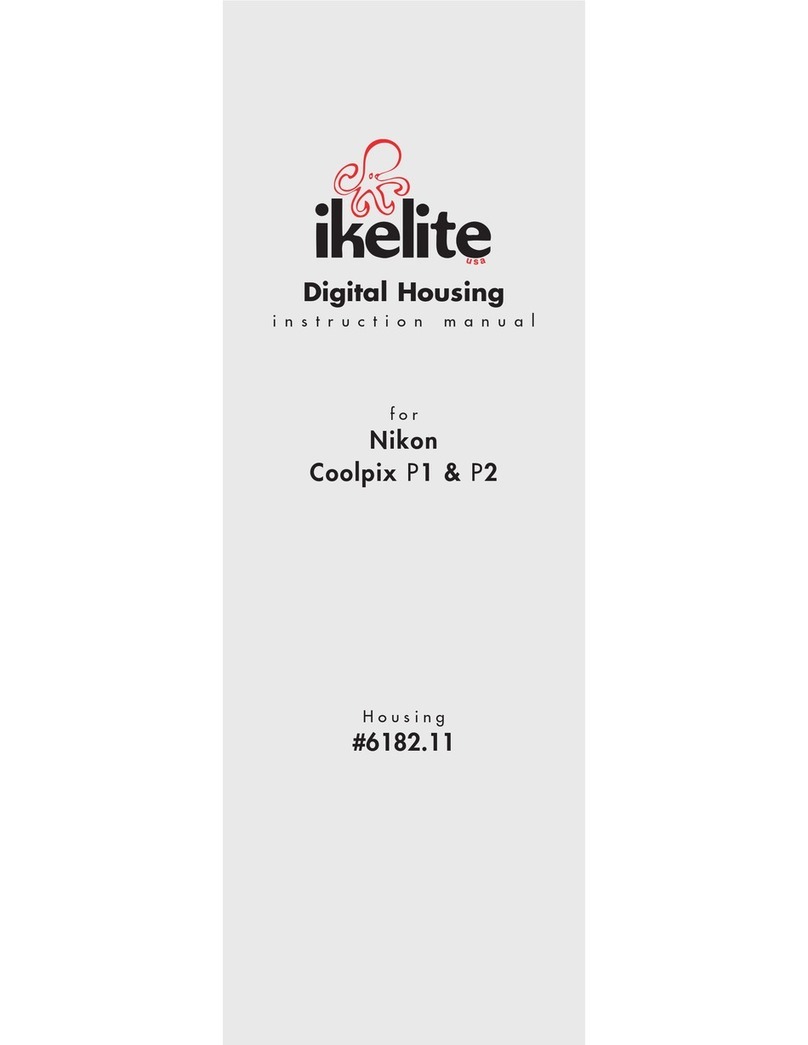
Ikelite
Ikelite Nikon Coolpix P2 User manual
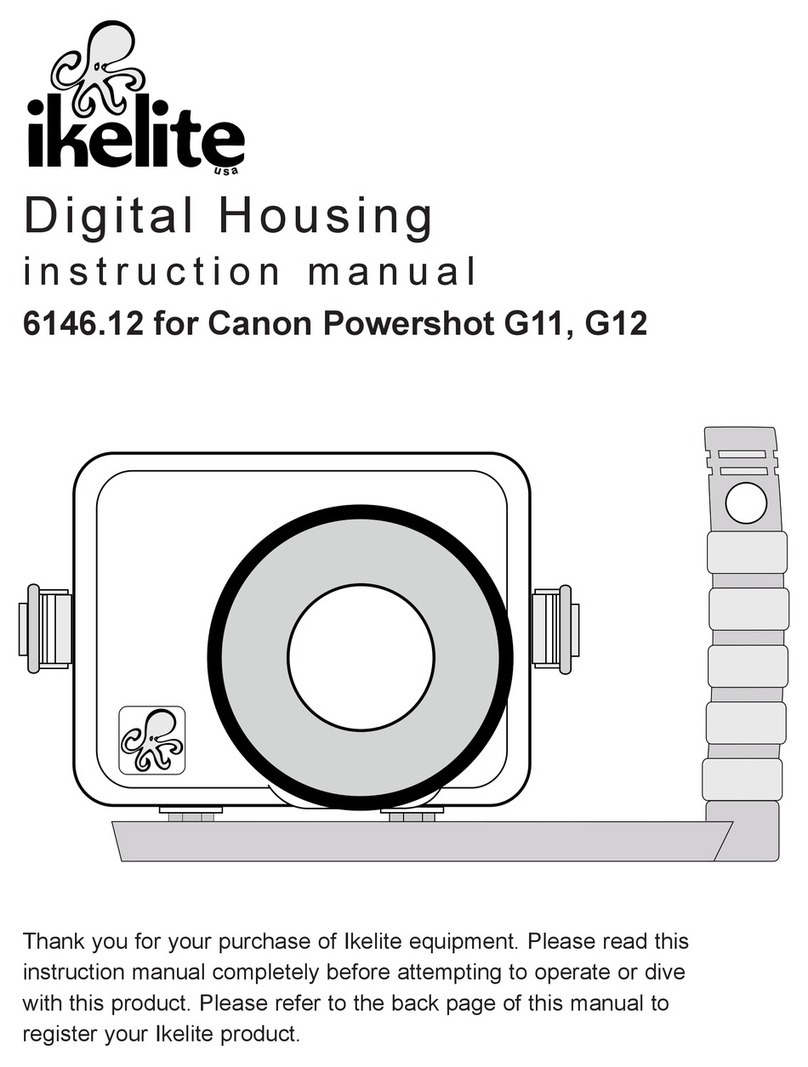
Ikelite
Ikelite Digital Housing User manual
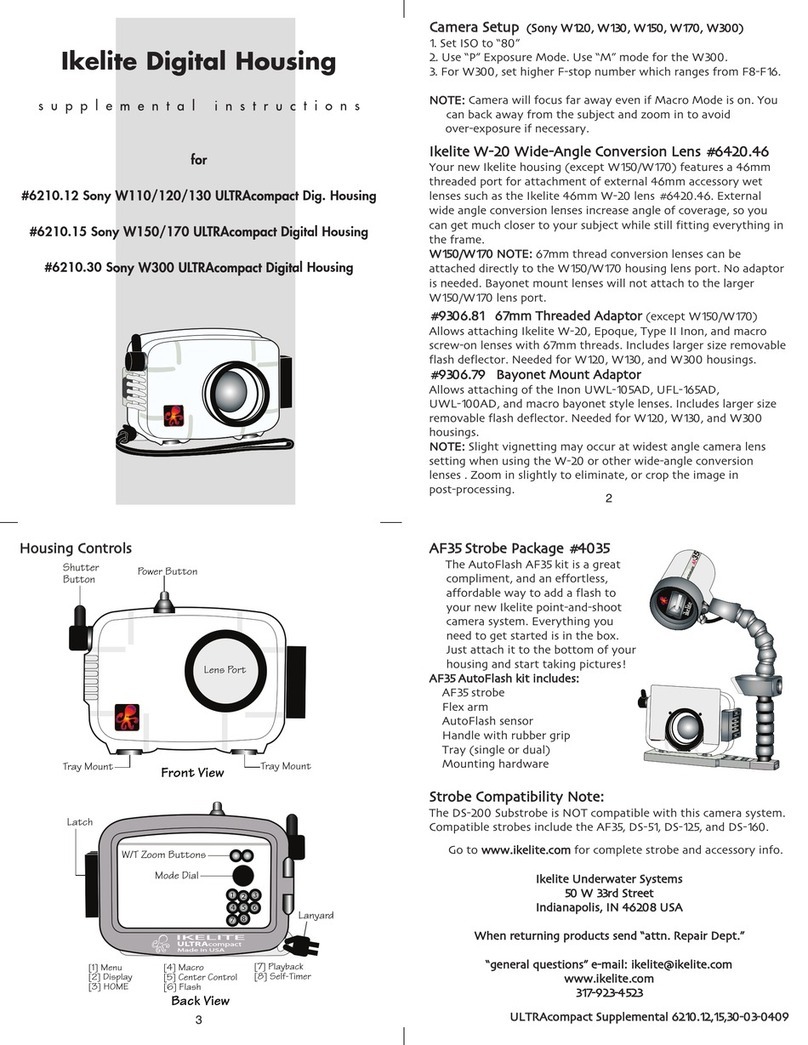
Ikelite
Ikelite W-120 Owner's manual
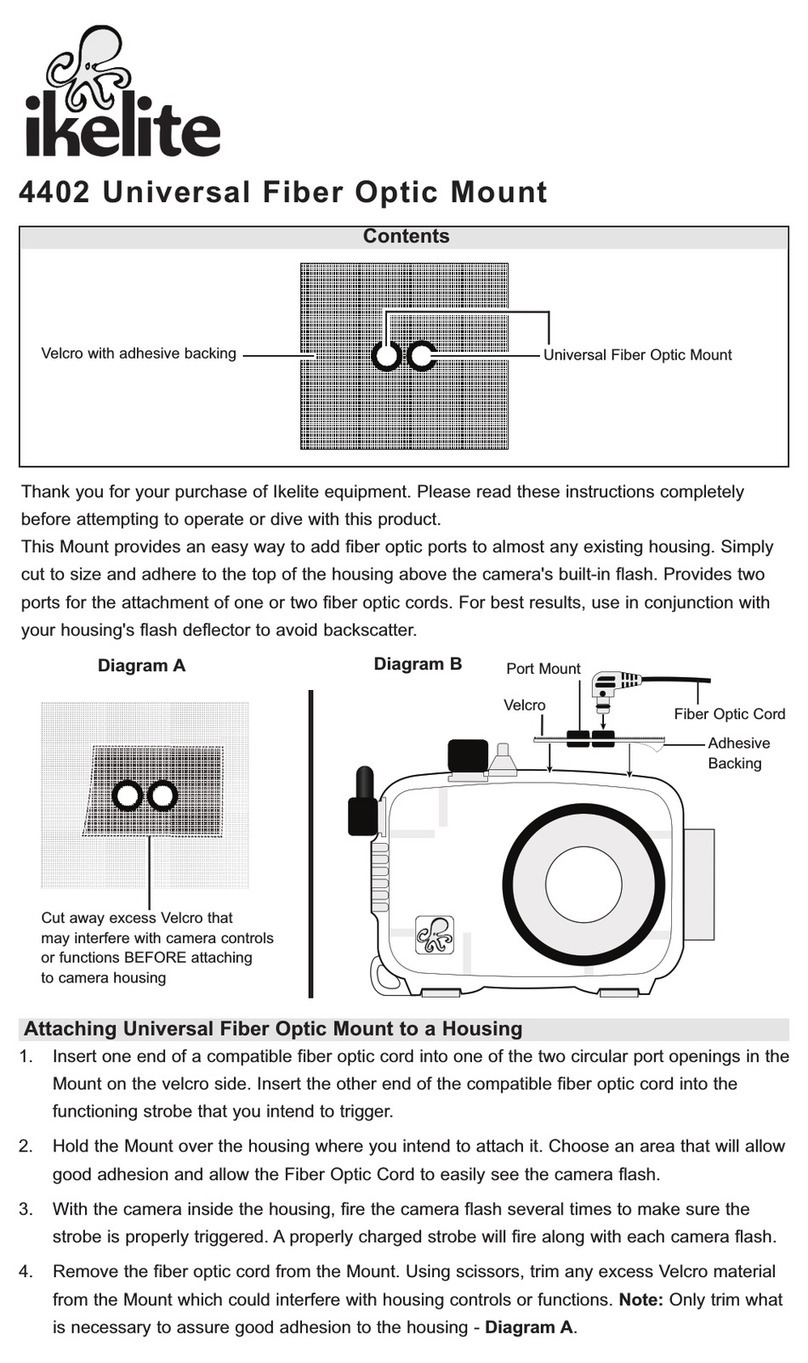
Ikelite
Ikelite 4402 User manual
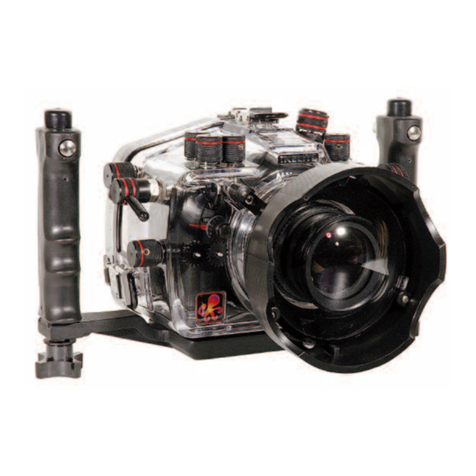
Ikelite
Ikelite Nikon D200 User manual

Ikelite
Ikelite 6110.91 User manual
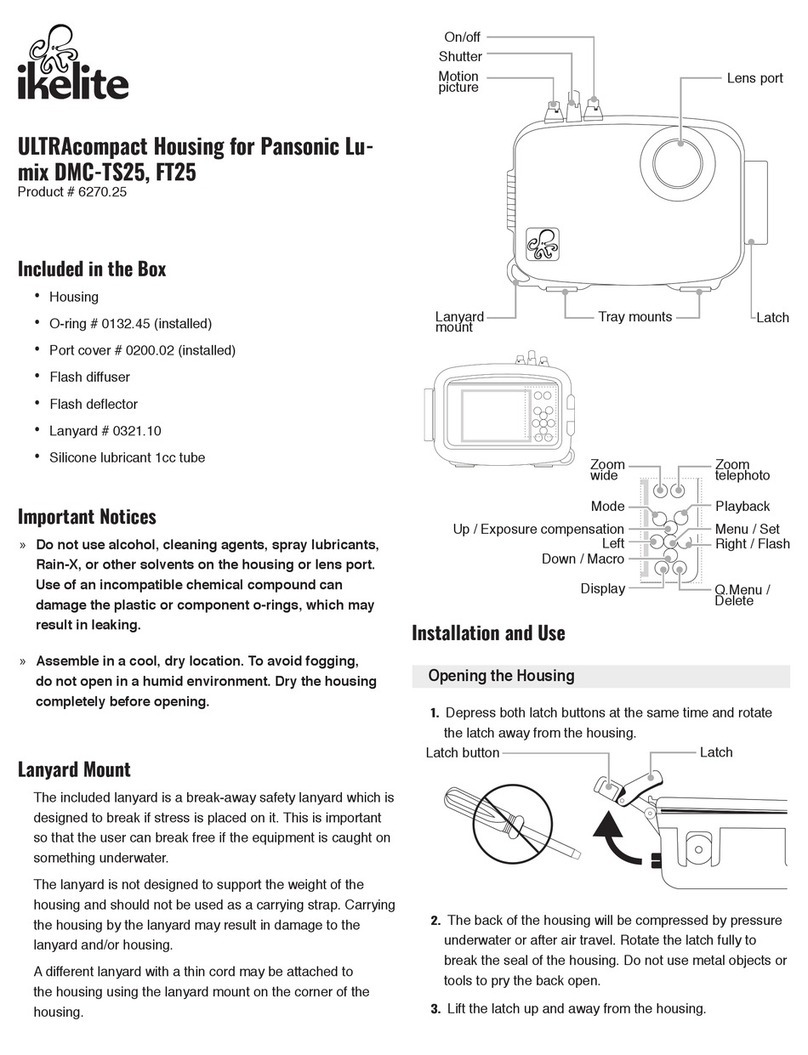
Ikelite
Ikelite ULTRAcompact 6270.25 User manual
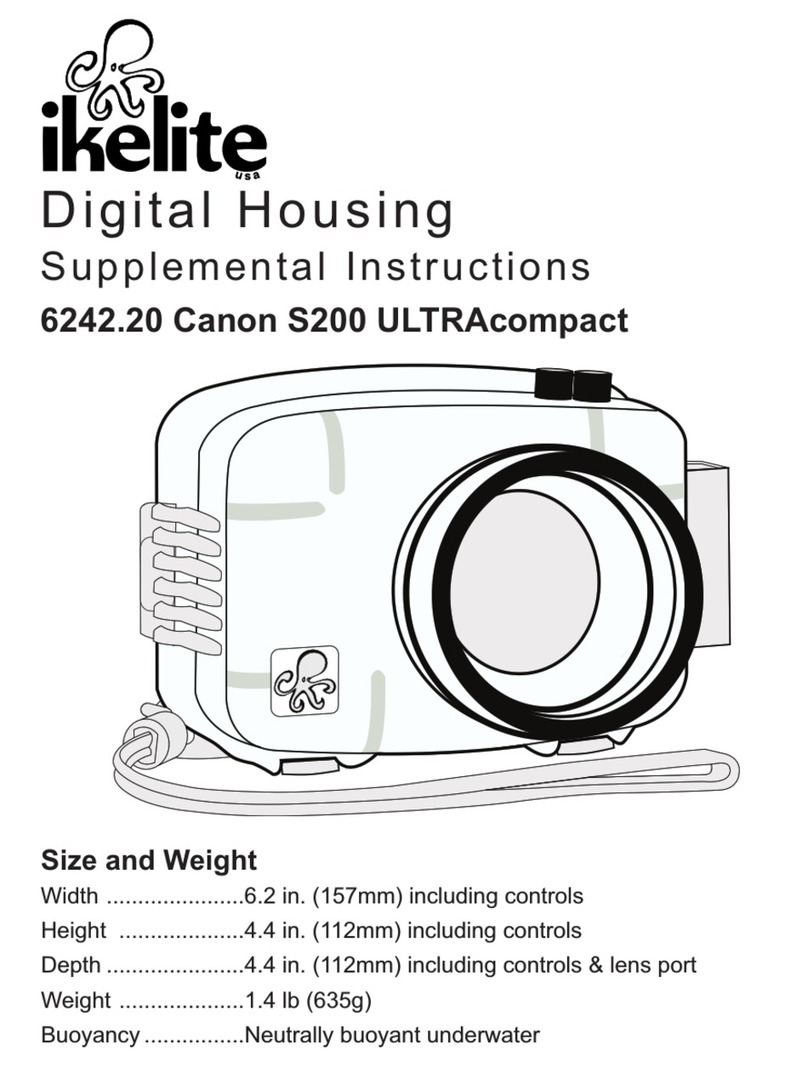
Ikelite
Ikelite 6242.20 Owner's manual
Popular Camera Accessories manuals by other brands

Calumet
Calumet 7100 Series CK7114 operating instructions

Ropox
Ropox 4Single Series User manual and installation instructions

Cambo
Cambo Wide DS Digital Series Main operating instructions

Samsung
Samsung SHG-120 Specification sheet

Ryobi
Ryobi BPL-1820 Owner's operating manual
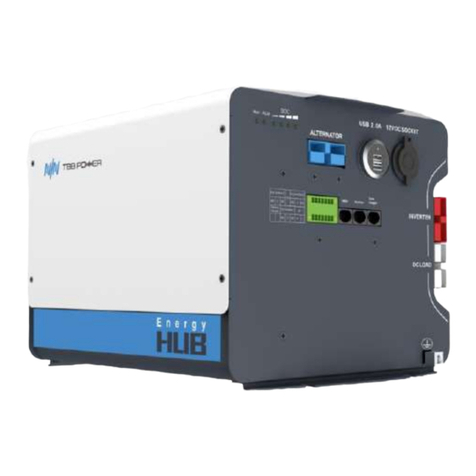
TBB power
TBB power Energy Hub EH128L user manual

























